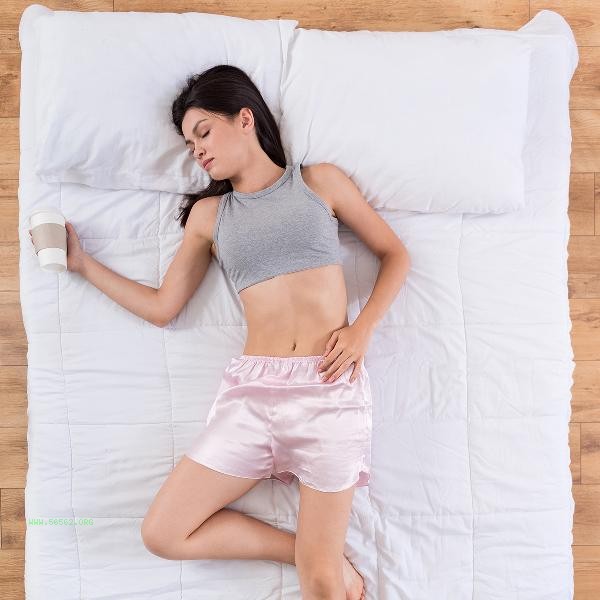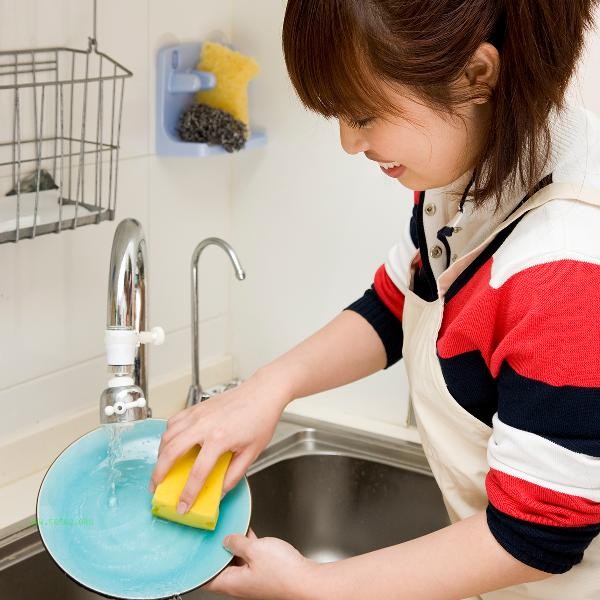The simplest and most effective exercise movements mainly include squats, plank supports, open and close jumps, push ups, and hip bridges. These movements do not require equipment and can efficiently activate muscle groups throughout the body, making them suitable for people with different physical abilities.

1. Squatting
Squatting is a golden exercise for the lower limbs, mainly stimulating the quadriceps, gluteus maximus, and core muscle groups. The key to the movement is to stand with your feet shoulder width apart, bend your hips and knees slowly, and squat until your thighs are parallel to the ground, making sure your knees do not exceed your toes. This movement can enhance basic strength, improve hip joint flexibility, and is particularly beneficial for sedentary individuals. For the first practice, a chair can be used to assist in controlling the squatting range.
2. Flat Plate Support
Flat plate support strengthens the core muscle group through static contraction, including the transverse abdominis muscle, erector spinae muscle, etc. Support the body in a straight line with elbows and toes, keeping the abdomen tight to avoid collapsing. Daily adherence can significantly improve body posture and lower back pain, and the initial duration can be gradually extended from 30 seconds. hypertensive patients should avoid holding their breath and can switch to a kneeling position to reduce difficulty.
3. Opening and closing jumps
As a systemic aerobic exercise, opening and closing jumps can quickly increase heart rate and coordinate limb movements. When jumping, raise your arms above your head and spread your legs apart to land. Repeat this process to enhance cardiovascular endurance. For those with a larger weight base, they can switch to a step style to reduce knee joint impact. Suggest 20-30 sessions per group, suitable for quickly activating the body in the morning.

4. Push ups
Push ups are aimed at the chest, deltoid, and triceps muscles. Men can use standard palm support, while women are recommended to start with kneeling or wall push ups. Keep your body in a straight line and keep your chest close to the ground when descending. This action can improve the imbalance of upper limb strength, and office workers can insert it to prevent hunchback and rounded shoulders.
5. Hip Bridge
The hip bridge specifically activates the hip and posterior chain muscle groups, and when lying down and bending the knee, lifts the hip to the shoulder and knee in a straight line. The effect of improving pelvic tilt and postpartum pelvic floor muscle relaxation is significant, and patients with lumbar disc herniation need to carefully control the height of hip lifting. Single leg progression increases difficulty, with each group holding for 15-20 seconds.

It is recommended to combine the above actions into a cyclic training, which should be performed 3-4 times a week. Warm up thoroughly before exercise to avoid strains. In the initial stage, each movement should be completed 8-12 times in a group, and the number of groups should be adjusted according to physical fitness. Combining protein supplementation and sufficient sleep can accelerate muscle repair, and weight management individuals can increase aerobic exercise duration. Middle aged or elderly patients with chronic diseases need to adjust their range of motion under professional guidance. If joint pain occurs during exercise, it should be stopped immediately.








Comments (0)
Leave a Comment
No comments yet
Be the first to share your thoughts!